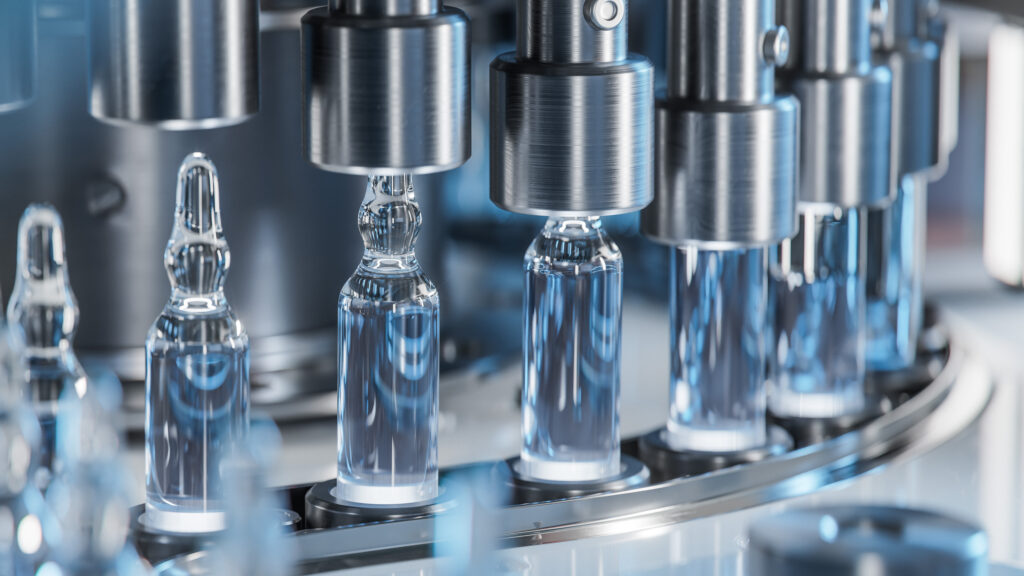SCADA & EMS – Why are they different?
In this article, I decided to focus on SCADA. I first started to compare SCADA and EMS as I did in this article on EMS vs BMS, which I invite you to read when you have time. But I realized while I was talking with Manu – I often ask Manu questions just to learn a little more on a subject – that opposing SCADA and EMS, was actually not a good idea. And I’ll tell you why.
SCADA, what is it?
SCADA is the supervision system of an installation that controls a manufacturing process. (In English, we will talk about Supervisory Control and Data Acquisition).
And as you may know, EMS is the system that monitors critical environmental conditions.
And what does a SCADA do exacltly?
A SCADA (which you will always write in capital letters like many acronyms :)) is a globalized supervision system that can have interactions with and influence on all the modules that compose it. It is an upper layer that comes on top of these modules and supervises them.
For example, a SCADA will be able to inform you that someone has badged at door 1 of your laboratory but since door 2 is already open and therefore the pressure has dropped, your SCADA will block access and will not open door 1.
How to differentiate SCADA and EMS?
What you must remember absolutely is that the purpose of these systems is not the same. Regulatory authorities in hyper-regulated industries such as the pharmaceutical industry (but not only) force you to set up tools that do not interpret your data or that do not control your equipment but that collect them no matter what, preserve them and document them. Reference is made here to data integrity (21CFR Part 11).
So how do EMS and SCADA differ? Well, a SCADA is a system with a PLC, with supervision and with the possibility of influencing the parameters on the supervision screen. At the contrary, an EMS can in no way influence the parameters. Yes man, it is a neutral system that cannot take control over the environment it is measuring. It cannot regulate itself. It’s not me saying that, it’s the law.
Are you following me?
Here’s a little example with temperature…
Your thermostat is set to 26°. If you look at your thermostat and it indicates a temperature of 26°, you’re thinking: “hourray”, and you start running in your swimsuit in the hallways shouting that it’s holidays and that you want a mojito (Well, I admit, Manu didn’t tell me that).
But does the fact that the thermostat displays 26° proves that it is really 26° in the room? No. It just means that a temperature setpoint of 26° has been given and that behind it, there is a process that brings the temperature of your room to 26°. The thermostat is a bit like your SCADA.
If you want to be sure that it is 26°, it’s not on your thermostat screen that you must check the temperature, it is on the thermometer that you will put in the middle of your room. The thermometer is a bit like your EMS.
Can the same equipment be used for both EMS and SCADA?
You might ask yourself : “What does she mean by that?”.
Well imagine that you use the same probe to regulate and monitor the temperature of the room.
If this sensor drifts by one degree (meaning this sensor overestimates the temperature by one degree), your thermostat will display 27° and not 26°.
And as you use the same probe to monitor and to regulate your environment, the system will not realize that it is 26° in your room (as your probe drifts by one degree, the system believes it is 27°). Therefore, the system will give the injunction to blow cold air to lower the temperature by one degree. And so, in the end, your temperature will no longer be 26° but rather… 25°. Are you following me?
So in your office, it’s not too bad. You take a layer off, you put a layer back on… Well, it’s not like we keep track of the temperature curves of your air conditioning when you’re working (well, it depends where you’re working) and the worst that can happen is that you get a cold!
But on your pharmaceutical production site, this can still lead to potentially disastrous and catastrophic consequences, such as the destruction of a batch or even your entire production.
Better not taking risks, right?
Why shouldn’t SCADA take care of your EMS part?
Installation, configuration
An EMS like Mirrhia comes with ready-to-use templates and standard documentation to facilitate system configuration while a SCADA requires custom development (specifications, protocol, documentation, etc.). With us, the installation and the configuration are hands down!
Connectivity
So obviously, an EMS is dedicated to the environmental monitoring of controlled rooms, of the equipment etc. So you can imagine that an EMS (like Mirrhia) has been designed so that its connectivity is strong and therefore integrated and pre-validated with critical equipment, particle counters, air samplers, etc.
Qualification
On-site qualification of our EMS is limited while full qualification is required for SCADA (considered custom development: category 5). Our solution is pre-qualified and packaged. Our system no longer needs to be qualified on site. This is obviously thanks to the fact that we have our own QA department.
Scalability
At Mirrhia, we are very sensitive to this matter. We’re obviously not compatible with the latest versions of Microsoft even before they come out (we are not as magic) but on the other hand, when the new versions come out, we operate a qualification of Mirrhia on the new OS and on the new versions of databases in order to follow all the evolutions and to remain compatible.
With certain systems, if you need to upgrade your OS or your servers for computer security reasons (this happens more and more), you will have to carry out a qualification on the new OS and potentially upgrade to new versions. And all of this will come at a cost.
Cost
Well, I prefer to warn you, this is a big chapter, but I have to talk about it. You will understand even better why it is best for you to avoid SCADA for the EMS part.
Of course, we can limit the costs with SCADA by using the same probes (to regulate and monitor), the same automation for the acquisition… And let’s push the vice… the same cables. We would think we’d be saving a lot of money but, as we demonstrated in an example above, it is a false good idea to use the same gear for both. So there is no economy there.
There are also other costs, the hidden costs, which will swarm like, for example, the related costs to:
- The development and the integration of new software functions (many of which are already integrated into Mirrhia):
- Predictive maintenance on probes.
- Electronic Batch Management.
- Etc.
- The legal developments (I told you earlier, Mirrhia has its own Quality Assurance (QA) department which monitors all major developments. That ensures our software is constantly compliant with the legislation).
- In 2019, for example, a major update to Annex 11 was made which stipulated that in the event of an alarm, you had to systematically justify its acknowledgement and therefore prove who, did what, when and above all, why. The why has actually become mandatory. With Mirrhia, it’s magic (I’m telling you, we’re in wonderland here :)), in no time, it was implemented!
- Also remember here that adding extra information to each measurement in some systems may involve a larger number of tags on the SCADA and therefore may result in a change in your license price. This is not the case with Mirrhia.
- The evolution of operating systems and other databases, we talked about it above.
But why make the systems independent?
It is very important for us to seperate the systems and to make the environmental monitoring system independent of the rest. The purpose of an environmental monitoring system (EMS) is to guarantee data integrity. Let me tell you, this is really crucial! To guarantee data integrity, the environmental monitoring system must be independent and stick to data acquisition (no control or pilotage). EMS must be separated from process control. This removes any possibility of interference.
Separate systems from process control allow truly independent monitoring ready for a later GMP audit for instance.
An example with differential pressure…
From the moment a system brings together several subsystems, each subsystem can have an impact on the master system.
Put yourself in situation…
Imagine that you have a differential pressure probe in an airlock (this probe measures the pressure difference between the airlock and the adjacent room), that your differential pressure probe is used to monitor there’s 15pa more (that is environmental monitoring), that this same differential pressure sensor can tell the HVAC that when the pressure drops, it must be raised, and finally that this sensor can release the interlock.
Someone entered the airlock and therefore a depression was created, the pressure fell lower. The door has closed, someone is inside the airlock. To avoid creating a problem, the system waits until the pressure has risen to 15pa before being able to open the next door.
This means that this same differential pressure sensor is used in 3 separate systems:
- In the interlock, since it will automatically create the period during which the person will be blocked.
- It will intervene on the environmental monitoring since there will be collection and archiving of the differential pressure data.
- And it will intervene on the regulation since it will tell the HVAC that the pressure must be raised.
In the event of a problem, (if you lose this pressure sensor for example), there is no more regulation, the interlock will pose a problem in terms of access management and there will be no more recording regarding environmental monitoring.
This third consequence is very annoying since you will no longer have any way to prove that there was no impact on the pressure in your zone. And if you had the slightest variation in pressure in your area, you won’t be able to prove that it didn’t have an impact on your product. Not to mention the fact that if you must intervene at the level of your automaton to modify anything, this will have a critical impact on the environmental monitoring part.
Imagine that you have to stop your PLC… It means you’ll stop your EMS.
In conclusion
SCADA is a generic system that can do a lot of things, really. However, it is not originally designed for the environmental monitoring of controlled rooms and GMP equipment, for example. It is of course possible to use it for this purpose, but the development efforts, the costs in human and financial resources, the maintenance and updating work, the updates in the event of changes in the legislation (in industries such as the pharmaceutical industry, cosmetics, food processing, etc.) are much more substantial than opting for an EMS such as Mirrhia.
The advantage of having an EMS dedicated to environmental monitoring like ours is that it is specifically designed to be compatible with a whole series of equipment specific to environmental monitoring such as particle counters, air samplers, etc., with the robustness and technologies needed to ensure data integrity! And, and, and… that’s beautiful!
So basically, we do not oppose SCADA and EMS. We just want to tell you that it is better to have an independent and separate EMS! Ole!
More information
- Do you have specific requirements?
- Do you want to discuss your project or a client’s project with us ?
- Do you want to discover Mirrhia ?
A Minute With Marie
Want to see the series “A Minute with Marie” on the differences between EMS and SCADA?
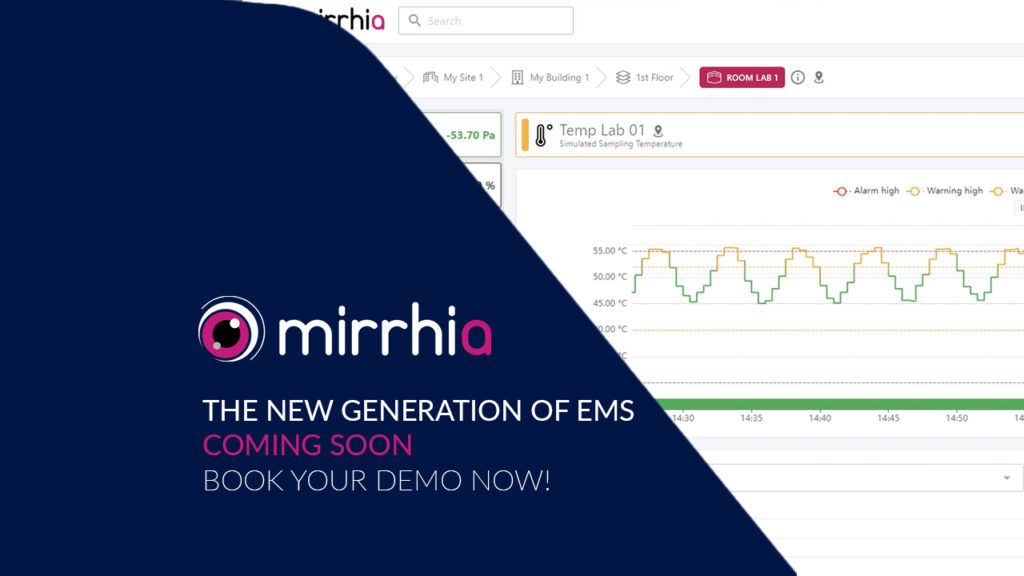
Mirrhia 2.4 is coming
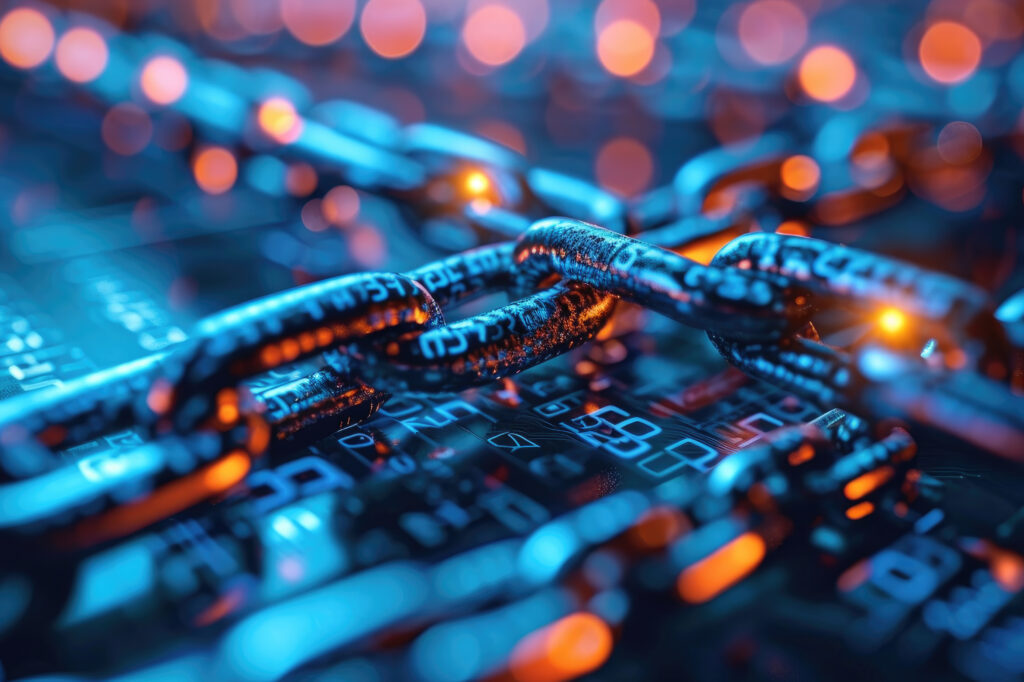
Data Integrity in The Pharmaceutical Industry

Laborama 2024
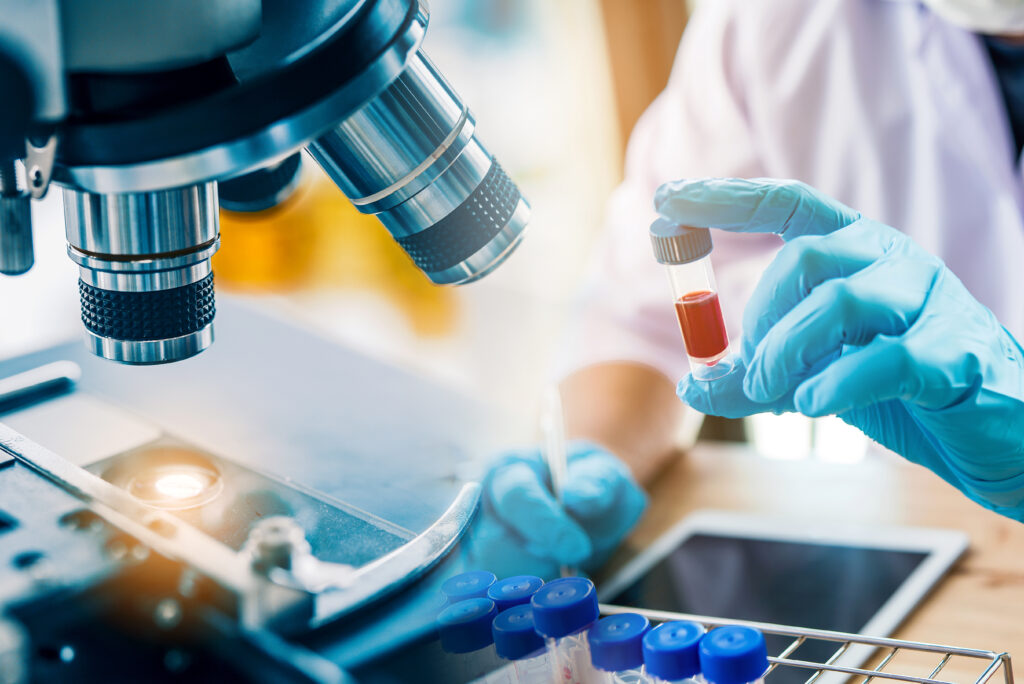
Laboratory Temperature & Humidity Monitoring
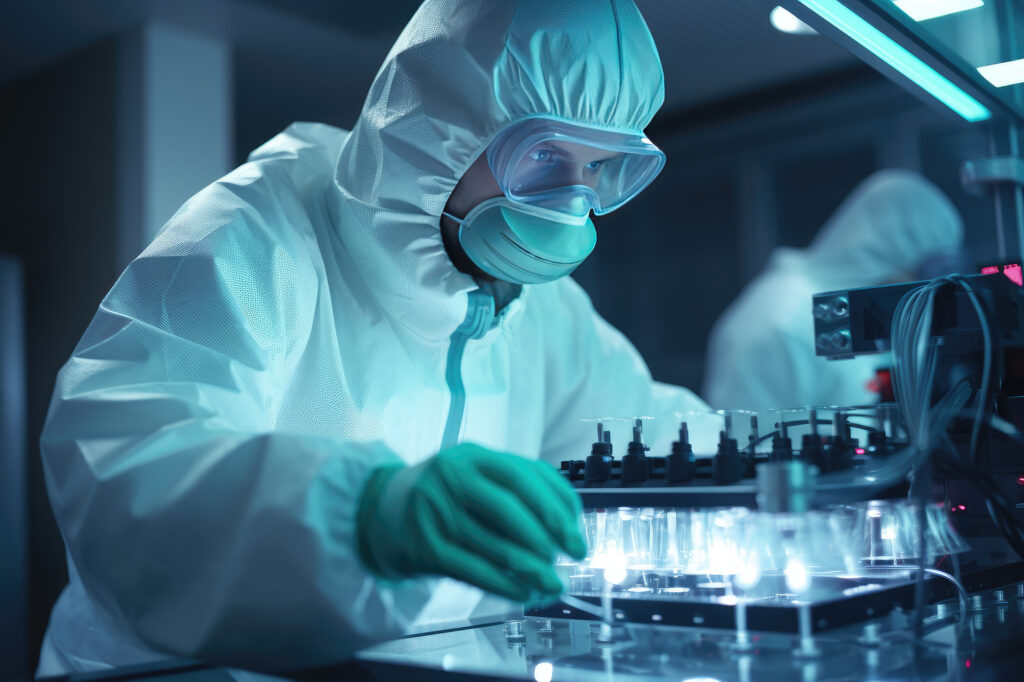
Particle Counters | Case Studies & EMS in Pharma
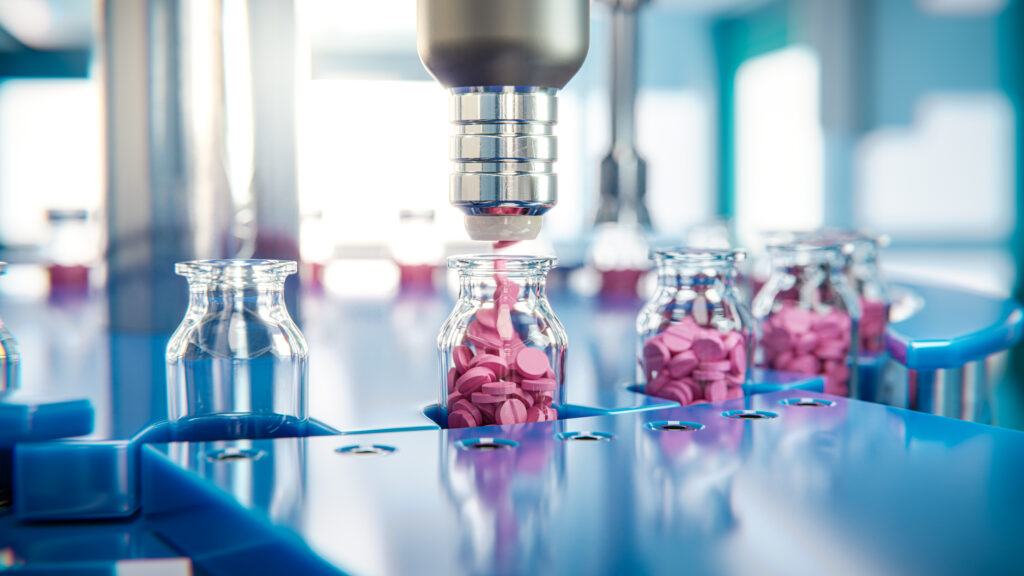
Particle Counting for Pharma
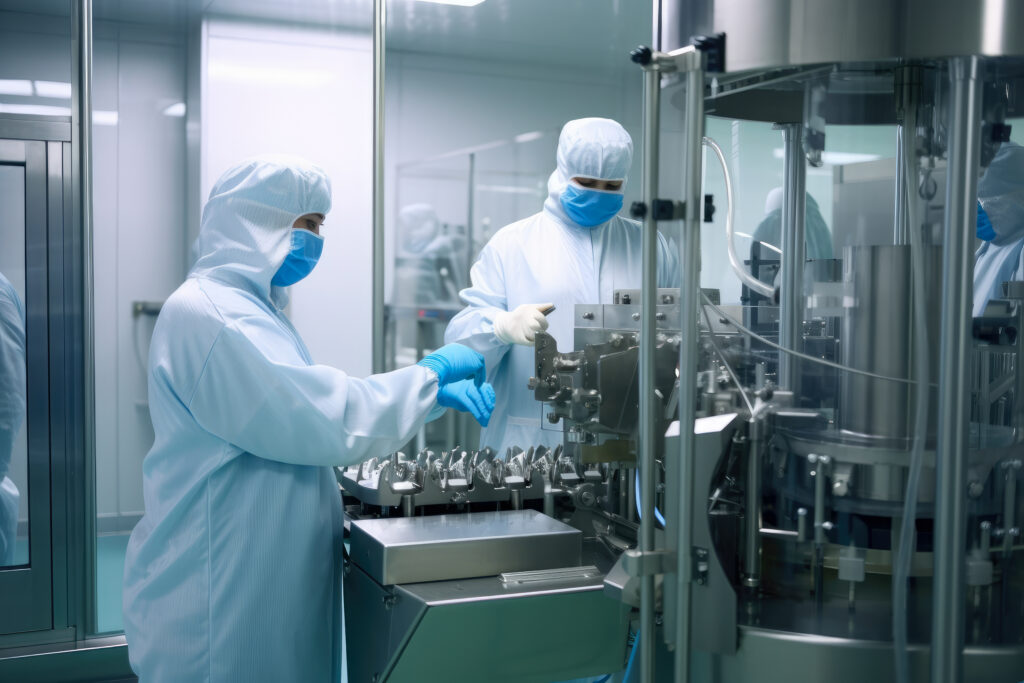
Particle Counting – Quality and Compliance
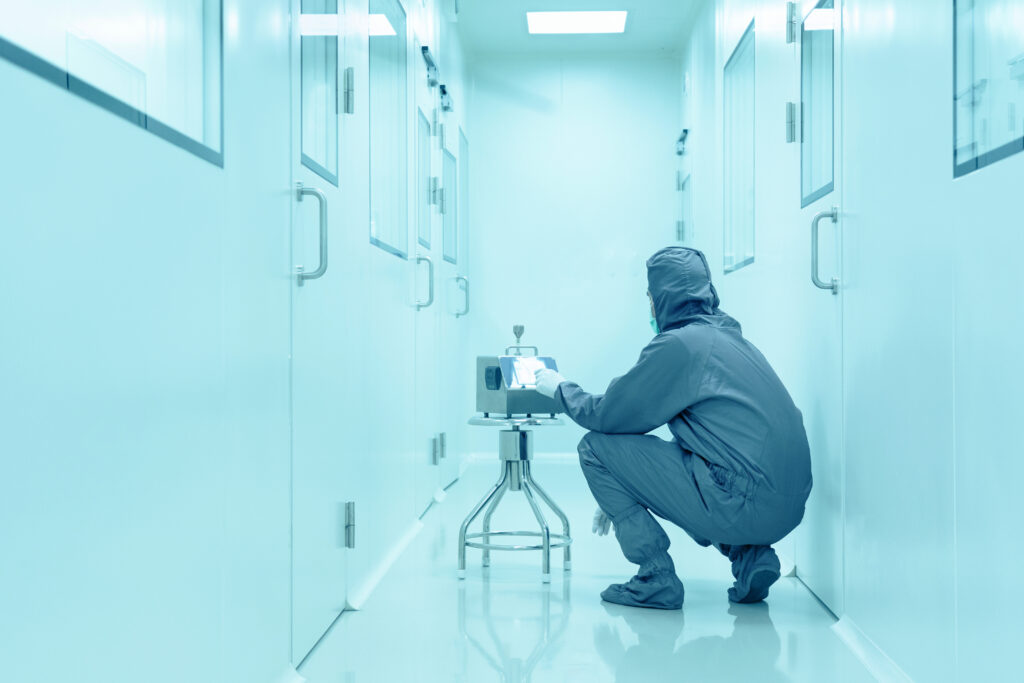
Particle Counters and Environmental Monitoring
